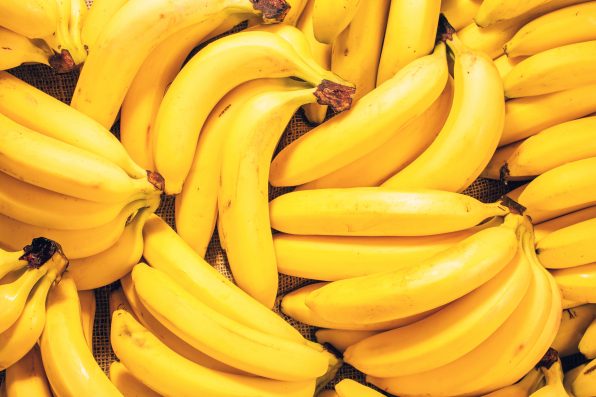The Original Banana Became Extinct In The 1960s Due To Something Called Panama Disease

The most popular fruit in the United States is bananas. In 2021, Americans consumed an average of 26.87 pounds of bananas per person.
The bananas we snack on today are of the Cavendish variety, and they are being threatened by a disease that might end our banana-eating days for good.
It sure doesn’t seem like bananas are in danger since grocery store shelves tend to be fully stocked with the bright yellow fruit. To understand how and why bananas could be a rarity, you need to know their history.
Before the Cavendish, there was the original banana, which was called the Gros Michel. It was eaten prior to the 1950s, but by the 1960s, it was extinct, and the Cavendish became the norm. So, how did this change occur?
Gros Michel came from Southeast Asia and was brought to the Caribbean island of Martinique by French naturalist Nicolas Boudin.
Then, it was taken to Jamaica by Jean Francois Pouyat, a French botanist. From the Caribbean, bananas were being shipped to the U.S. as early as the 1830s. In the early 20th century, banana plantations were exporting the fruit to places all over the world.
In the late 1800s, Panama disease showed up, spreading far and wide. The fungus causes the banana plant to wilt.
It was named for the place where it first destroyed large quantities of bananas. The fungus spread north from Panama, killing off plants in Honduras, Suriname, and Costa Rica.
Overall, Panama disease, Race 1, the first variant of the fungus, caused the loss of thousands of acres of banana plantations.

hanna_photo – stock.adobe.com – illustrative purposes only
The soils were infested and could not be replanted with banana trees. So, a new banana type called the Cavendish was developed.
It was resistant to Panama disease. The transition to the Cavendish was finally completed in the 1960s.
Now, we have Race 4, the new version of Panama disease. History is repeating itself as the banana trees of today become affected and lose their ability to produce fruit.
In the 1980s, Race 4 wiped out crops in the subtropics. Since then, it has traveled to Laos, Vietnam, India, Pakistan, Mozambique, and Australia.
When it was discovered in Colombia in 2019, the country declared it a national disaster. As it invades more of Latin America, the chances of the Cavendish’s disappearance are increasing.
Cavendish bananas do not have any seeds. They reproduce through cloning, so they are all consistent in appearance, taste, and ripening.
However, that also means they can’t fight off pathogens very well. If one plant is attacked and killed by disease or pests, all the plants will suffer the same fate.
Plants that reproduce through seeds have more genetic diversity, so the fruit they bear may not be so uniform. But, they have more genetic diversity and are less vulnerable to disease.
The decline of the Cavendish could raise the prices of bananas in the U.S. It would also wreak havoc on countries that rely on them for their economy and nutrition. Currently, there are no pesticides or treatments that can stop Panama disease.
Sign up for Chip Chick’s newsletter and get stories like this delivered to your inbox.
More About:News